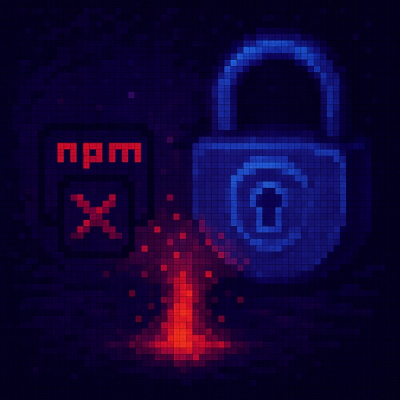myst-to-docx
Export a MyST document to a Microsoft Word file, using docx.
Overview
myst-to-docx has a DocxSerializer object that you write to as you walk the MyST document. It is a light wrapper around https://docx.js.org/, which actually does the export. myst-to-docx is write only (i.e. can export to, but can’t read from *.docx), and has all standard MyST nodes covered (see below).
myst-to-docx can be used in the browser or in node. This library currently only has dependence on docx, myst-frontmatter and buffer-image-size - and the serialization handlers can be edited externally (see Extended Usage below).
The AST should be transformed through myst-transforms to ensure that all nodes are enumerated.
Basic usage in browser
The utility fetchImagesAsBuffers walks the AST and downloads images into buffers to be used by docx, it also figures out the size and returns an object with getImageBuffer and getImageDimensions, which need to be passed to the options. If your images are more complex (e.g. they are mermaid diagrams, or Jupyter Outputs), you will need to do more complex preprocessing to create these two functions.
A Blob is returned, which can be downloaded client side.
import { unified } from 'unified';
import { mystToDocx, fetchImagesAsBuffers, DocxResult } from 'myst-to-docx';
const opts = await fetchImagesAsBuffers(tree);
const file = unified().use(mystToDocx, opts).stringify(tree);
const blob = await (file.result as DocxResult);
Basic usage in node
In node, the image dimensions are discovered using a node-only package, and don't need to be provided. The result of the conversion in node is a Buffer as the file.result, which can be saved to disk.
import { unified } from 'unified';
import { mystToDocx, DocxResult } from 'myst-to-docx';
const file = unified()
.use(mystToDocx, {
getImageBuffer(url) {
return fs.readFileSync(url).buffer;
};
})
.stringify(tree);
const buffer = await (file.result as DocxResult);
Extended usage
Instead of using the defaultDocxSerializer you can override or provide cusome serializers.
import { DocxSerializer, defaultNodes, defaultMarks } from 'myst-to-docx';
const nodeSerializer = {
...defaultNodes,
my_paragraph(state, node) {
state.renderInline(node);
state.closeBlock(node);
},
};
export const myDocxSerializer = new DocxSerializer(nodeSerializer, defaultMarks);
The state is the DocxSerializerState and has helper methods to interact with docx.
Supported Block Nodes
- text
- link
- paragraph
- heading (levels)
- Including numbering of headings
- blockquote
- code
- TODO: No styles supported
- thematicBreak
- break
- list
- listItem
- image
- math
- inlineMath
- crossReference
- abbreviation
- block
- definitionList
- definitionTerm
- definitionDescription
- container
- caption
- captionNumber
- tables
Supported Style Nodes
- emphasis
- strong
- inlineCode
- subscript
- superscript
- delete (strikethrough)
- underline
- smallcaps
Resources



